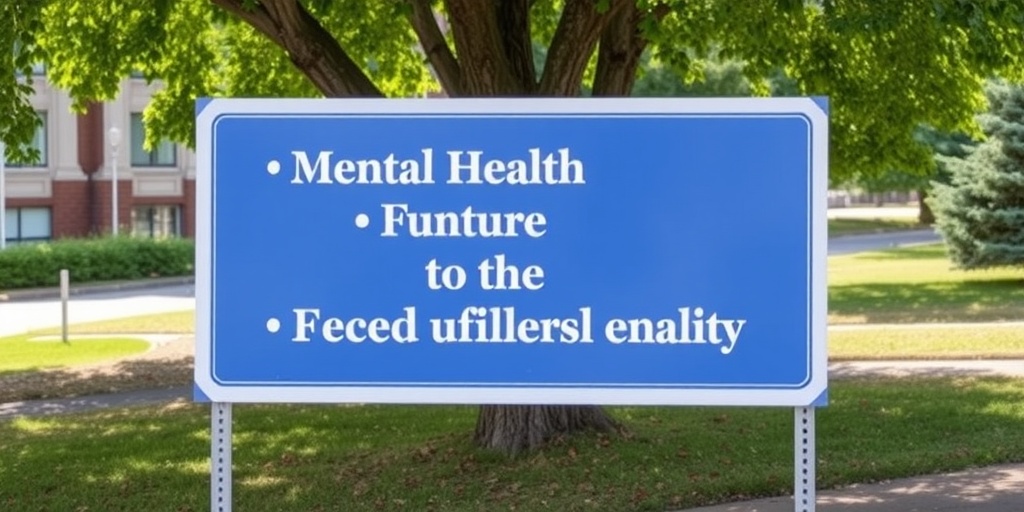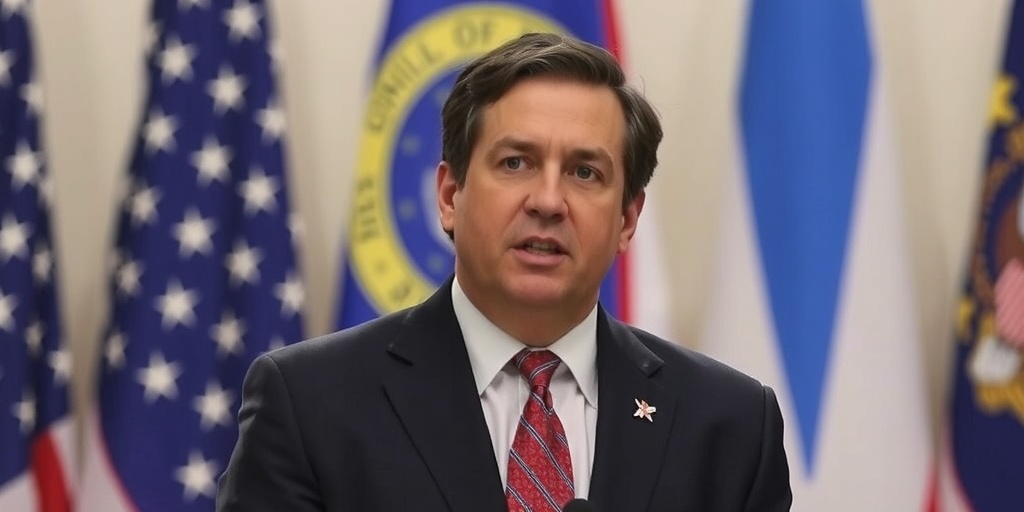Now Reading: Federal Mental Health and Addiction Agency Faces Major Funding Cuts
-
01
Federal Mental Health and Addiction Agency Faces Major Funding Cuts
Federal Mental Health and Addiction Agency Faces Major Funding Cuts

Overdose Prevention Efforts at Risk Amidst Federal Staff Cuts
In the heart of Chicago, Dora Dantzler-Wright and her dedicated team tirelessly work on the front lines of the opioid crisis. Every day, they distribute life-saving overdose reversal drugs, conduct training sessions on their effective use, and assist individuals in recovery from addiction as they strive to reintegrate into their jobs and families. However, their critical work is now facing uncertainty as communication with federal support has dwindled. Ms. Wright reports that her repeated phone calls and emails to federal officials have gone unanswered, leaving her organization, the Chicago Recovering Communities Coalition, feeling adrift. “We just continue to do the work without any updates from the feds at all,” Ms. Wright expressed, highlighting the concern for the future of their initiatives.
The situation has grown more dire, with alarming indications that the Substance Abuse and Mental Health Services Administration (SAMHSA)—the federal agency that provides essential oversight and funding for addiction and mental health programs—could soon see its staff reduced by as much as 50%. According to senior agency officials and congressional aides, this dramatic cutback follows mood fluctuations in the Trump administration’s approach to addressing the ongoing addiction crisis that has plagues communities across the United States.
SAMHSA, with its nearly 900 employees and a budget of $7.2 billion, plays a pivotal role in combating addiction and mental illness, addressing two of America’s most pressing health issues. The agency’s responsibilities span a wide array of functions, including overseeing the National Suicide and Crisis Lifeline, regulating outpatient treatment clinics, and directing funds towards drug courts that provide treatment as an alternative to incarceration. SAMHSA also assists in conducting annual surveys of substance use and mental health issues across the country, offering valuable data that informs policy and practice.
Throughout the administration, high-profile figures such as President Trump and health secretary Robert F. Kennedy Jr. have touted the importance of confronting the drug crisis. Despite this rhetoric, the looming cuts to SAMHSA pose a significant threat to ongoing efforts to address the epidemic. Experts in drug policy and addiction treatment warn that reducing the agency’s workforce without comprehending the impact could exacerbate a national health crisis already on the brink of spiraling out of control.
Representatives Paul D. Tonko of New York and Andrea Salinas of Oregon, along with 57 Democratic House members, expressed grave concerns in a letter to Secretary Kennedy. They argue that these staff reductions could trigger a surge in relapse rates among individuals recovering from addiction, thereby straining the overall healthcare system and leading to poorer health outcomes across the board.
In response to the staffing changes, a SAMHSA spokeswoman maintained that the agency’s collaborative work continues and that staff remains dedicated to supporting partners nationwide, despite the ongoing personnel shifts. However, the Department of Health and Human Services announced plans to cut back regional offices from ten to four, raising further worries about the agency’s declining capacity to effectively monitor and respond to the needs of communities grappling with addiction.
Recent proposals to reduce staff across federal departments are set for submission, with SAMHSA witnessing a 10% reduction in its workforce already. Layoffs impacting those in probationary periods—many of whom were recently promoted—have been reported, and employees received offers for $25,000 to voluntarily separate from the agency by the end of the week. As morale dips, current and former agency employees express fears that reductions will stifle critical new projects and jeopardize existing programs aimed at distributing overdose medication and speeding up intervention response times for suicides.
Experts voice apprehension that initiatives focusing on specific populations, such as the Black and LGBTQ+ communities, may not find funding reauthorization amid such widespread personnel cuts. Former Acting Director of the Office of National Drug Control Policy, Regina LaBelle, criticized the cuts as shortsighted, noting that they will impair the agency’s capability to monitor grant spending and accumulate vital behavioral health data.
Over the last few years, SAMHSA experienced budget expansions and workforce growth as a response to acute underfunding, with its budget swelling from approximately $5.5 billion and a staff of 490 in 2019 to the current standing. As overdose deaths soared to unprecedented numbers—exceeding 100,000 annually during the pandemic—the bipartisan support for SAMHSA’s increased funding highlighted the urgency of addressing these public health crises.
Now, as the threat of folding SAMHSA into a different health agency looms, there is a renewed debate on whether to revert staff levels and grant funding to those of 2019, even while the nation continues to grapple with alarmingly high rates of overdose fatalities. Recent reports indicate that approximately 87,000 people succumbed to drug overdoses between September 2023 and September 2024, accentuating the need for sustained efforts in tackling this pervasive issue.
The future of addiction and mental health services hangs in the balance as federal cuts threaten to undermine the very progress made in recent years. Communities across the nation, including those like Chicago that rely on dedicated organizations, are left to ponder the consequences of these impending changes and how they may impact vulnerable lives.
Stay Informed With the Latest & Most Important News
Previous Post
Next Post
-
 01New technology breakthrough has everyone talking right now
01New technology breakthrough has everyone talking right now -
 02Unbelievable life hack everyone needs to try today
02Unbelievable life hack everyone needs to try today -
 03Fascinating discovery found buried deep beneath the ocean
03Fascinating discovery found buried deep beneath the ocean -
 04Man invents genius device that solves everyday problems
04Man invents genius device that solves everyday problems -
 05Shocking discovery that changes what we know forever
05Shocking discovery that changes what we know forever -
 06Internet goes wild over celebrity’s unexpected fashion choice
06Internet goes wild over celebrity’s unexpected fashion choice -
 07Rare animal sighting stuns scientists and wildlife lovers
07Rare animal sighting stuns scientists and wildlife lovers





















